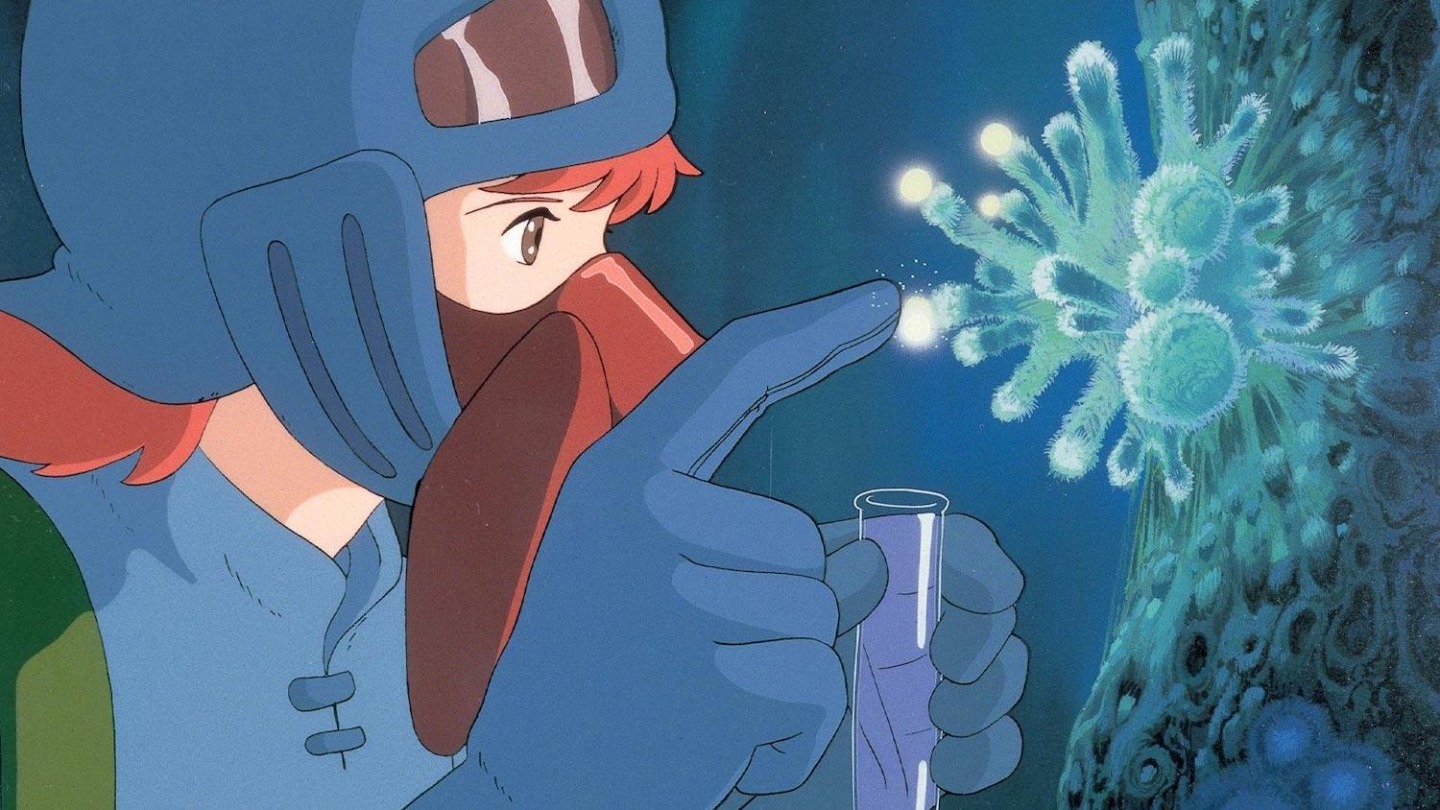
Five Books About Smart People Who Are Their Own Worst Enemies
As far as we can tell, we are the only technological civilization in this universe, at least the only one we know of. There are many explanations as to why this is the case. The explanation that sparks the plot of the following five works is a great filter. Any life that emerges elsewhere falls prey to some kind of bottleneck, stagnates, or dies before it can reveal itself to our instruments. This paper focuses on one proposed bottleneck: smart tool usage. In short, smart tool users are better at creative disruption than at anticipating and living with the consequences.
This explanation provides an excuse for the possible self-extinction of humanity (whether due to climate change, nuclear war, deaths from microplastics, etc.). Catastrophic miscalculation is not a uniquely human flaw! It is inherent in the intelligence of using the tool itself. At worst, we are just a demonstration case.
Toolmaker Koan by John C. McLoughlin (1987)
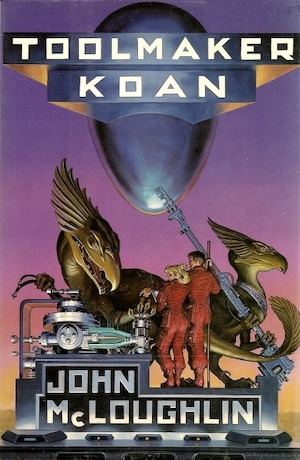
After what appears to be an alien artifact is discovered at the edge of the solar system, the People’s Democratic Republic of Africa and Eurasia hastily dispatch an expedition. Not to be outdone, the Gran Colombia Union launched its spacecraft towards the artifact. Both ships were heavily armed. To prevent the enemy from gaining a monopoly on the alien technology, both ships attempted a surprise attack. This left both land vessels irreparably damaged, and the surviving crew members dying of radiation.
Thanks to the intervention of an alien artificial intelligence called “Charon” in the novel, the story is no longer a depressing novella. Charon, billions of years ago, documented that tool-making species are their own worst enemies, invariably driven to extinction by abusing their ingenuity. Charon has a daring plan to help humanity avoid its inevitable doom. Too bad for humans, the unfortunate AI is so insane that its plans can’t possibly work out as intended.
Usually, I deal with subject books in order of publication. In this context, McLaughlin’s novel got me thinking about a particular solution to the Fermi paradox. While the novel has its flaws (tedious writing, a love of information dumps that would surprise Poul Anderson), there are some truly original ideas in the book that are worth considering. Unfortunately, this novel is out of print.
Adam and Eve by Alfred Best (1941)
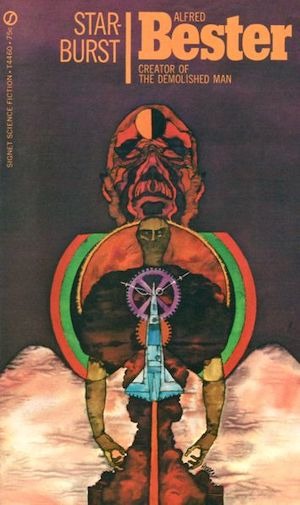
Determined to go to the moon, a daring inventor deploys his breakthrough discovery, a catalyst that can release energy through the atomic transformation of iron. This will power his rocket!
A good portion of Earth’s mass is now iron; even a drop of catalyst escaping from a rocket could spell the end of the world. The determined explorer assured naysayers that he had taken all reasonable precautions. The launch went according to plan, almost.
All life on Earth was wiped out in the ensuing catastrophe, with the exception of extraterrestrial life – specifically the explorer and his unfortunate dog – who survived. One cannot relocate more of its kind on a planet alone. However, he may provide the seeds from which the new biosphere will emerge.
In his defense, our hero is a smart fool. His invention falls into the category of technologies I mentioned earlier, power sources that under no circumstances should be used near planets. See also Steve Gallaci’s Albedo, his total conversion power system that has the potential to convert an entire planet into energy would be bad.
Aniala, by Harry Martinson, translated by Stephen Klass and Leif Sjoberg (1956)
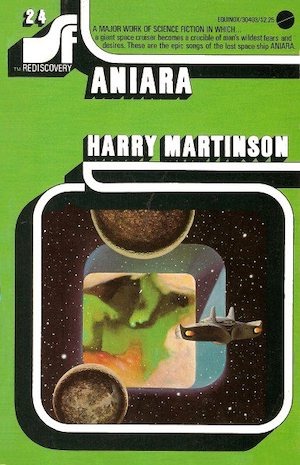
As described in Martinson’s 103 poems, the story begins with a ship of refugees fleeing radioactive Earth for Mars, inadvertently transported into interstellar space. The developments were alarming, but hope was not lost. Not only is the ship’s system capable of sustaining life indefinitely, but the Aniara’s near-omniscient guiding intelligence, Mima, is also in constant communication with human civilization.ity has learned lessons from the First World War to the Thirty-Second World War. What it has learned is how to wage increasingly destructive wars…until there are no humans left to fight. Poor Mima could not bear such a scene; she fell into silence. Passengers still need to reenact human folly on a much smaller but equally doomed scale.
Yes, it’s kind of weird that two unrelated works feature benevolent AIs driven insane by their creators’ needlessly self-destructing. Getting close to humans is often a challenge for benevolent AI. Take for example the HAL in 2001; it just wanted to execute all of its instructions. Aniala stands out because it is a long poem, and it was written by a Nobel laureate.
Sea Battle by Andre Norton (1957)
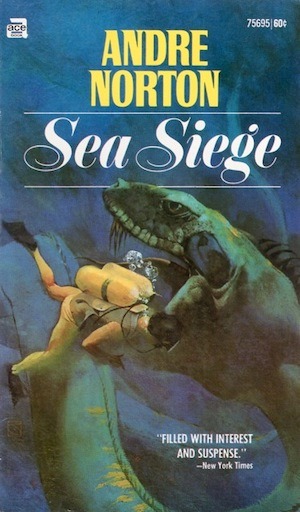
Griffith Gunston, son of renowned naturalist Dr. Ramsay Gunston, accompanies his father to the small island of San Isidore to investigate the Red Plague, which is currently killing fish. Locals blame the sea monster for this. It would be laughable ifnot for the fact that the monster turns out to be real. The creature, a giant octopus, is not the only threat; the island is also home to a group of scientists experimenting with a device that can manipulate the weather.
The device, called the Storm Maker, can create powerful storms that can destroy entire ships. The scientists, blinded by their desire to control the weather, ignore the potential consequences of their actions. In the end, it is up to Griffith and his father to stop the Storm Maker and save the island from destruction.
Sea Battle is a cautionary tale about the dangers of technology and the importance of responsible innovation. The scientists in the story are so focused on what they can do that they fail to consider what they should do. Their actions have unintended consequences that threaten the lives of everyone on the island.
The War of the Worlds by H.G. Wells (1898)
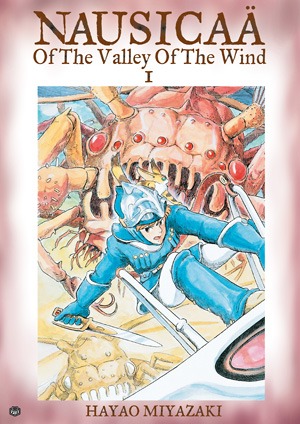
The War of the Worlds is a classic science fiction novel about a Martian invasion of Earth. The Martians, who are much more technologically advanced than humans, use their superior weapons to devastate the Earth’s cities and armies. The novel is a commentary on the dangers of colonialism and imperialism, as well as a warning about the potential consequences of technological advancement.
The Martians in the novel are portrayed as ruthless invaders who are willing to do whatever it takes to conquer the Earth. They have no regard for human life or culture, and they see Earth as nothing more than a resource to be exploited. The novel suggests that humanity could face a similar fate if it continues to pursue technological progress without considering the ethical implications.
In conclusion, the works discussed in this article all share a common theme: the dangers of technology and the potential consequences of unbridled innovation. They serve as cautionary tales, warning us to consider the ethical implications of our actions and to be mindful of the potential consequences of our technological advancements.

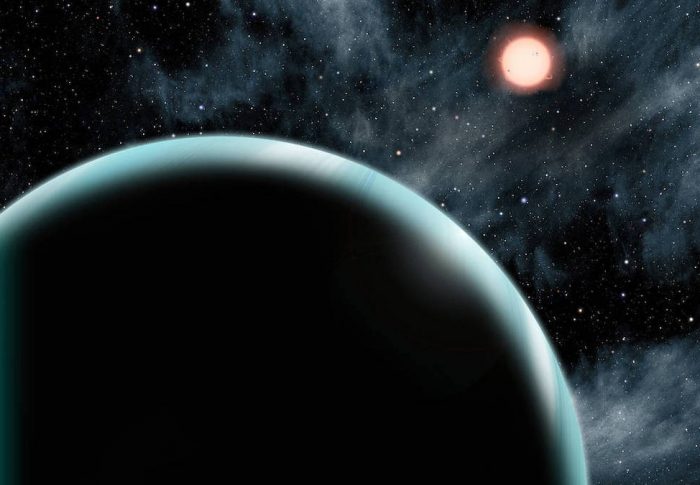

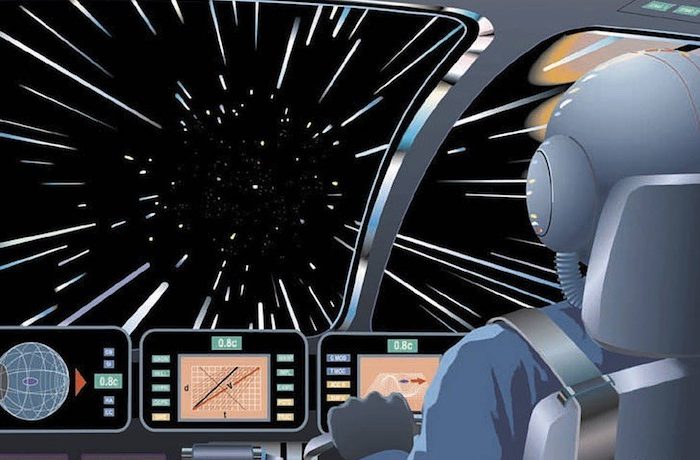
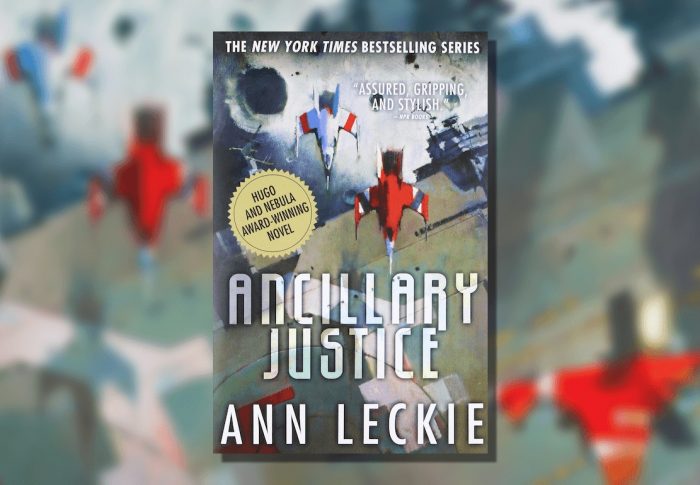
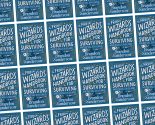

Tagged 1:1 spin-orbit resonance, Earth, exoplanet, Mercury, Science fiction